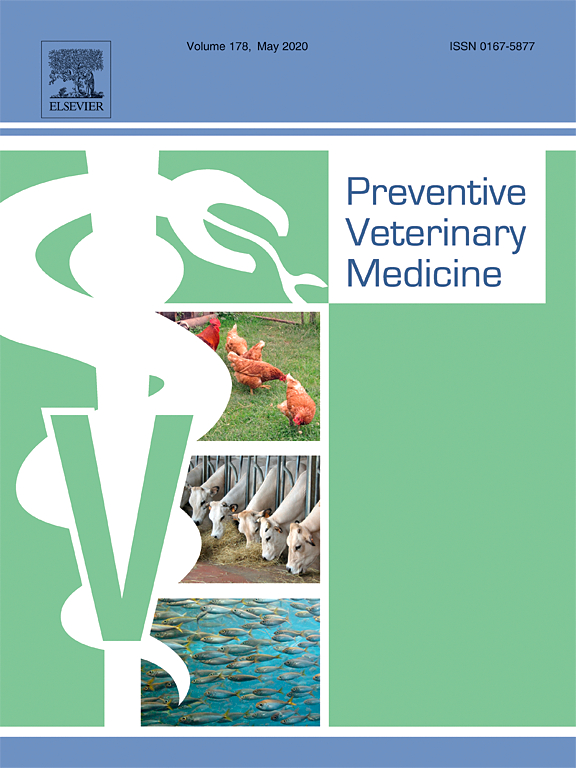Document type : scientific article published in Preventive Veterinary Medicine
Authors: Carolien C.B.M.Munsters, Boris R.M.Kingma, Janvan den Broek, Marianne M.Sloet van Oldruitenborgh-Oosterbaan
Preview: In human sport science, the acute:chronic workload (ACWR) ratio is used to monitor an athlete's preparedness for competition and to assess injury risks. The aim of this study was to investigate whether acute and chronic workload calculations for external and internal loads (e.g. high-speed work distance and associated exertional effort) were associated with injury risk in elite eventing horses and to identify workloads performed by horses competing in different competition and at different fitness levels.
Training load and injury data were collected from 58 international eventing horses (CCI2*-CCI5* level) over 1-3 years. A total of 94 individual competition seasons were monitored. During this period, heart rate (HR; beat/min) and GPS data were collected of all their conditional training sessions and competitions. External load was determined as the distance (m) covered at high speed (HS1; velocity between 6.6 and 9.5 m/s), and sprint speed (SS2; velocity>9.5 m/s). Internal load was calculated for HS and SS, using individualized training impulses (TRIMP3 ;AU). For internal and external workload HS and SS the acute (1-week) and chronic (4-week) workloads were calculated and ACWR4 determined. The injury data in relation to ACWR was modelled with a multilevel logistic regression. Akaike's information criterion was used for model reduction.
Sixty-four soft tissue injuries were registered from a total of 2300 training sessions and competitions. External and internal workload at HS and SS were significantly affected by the year and fitness level of horses. Competition level and year significantly affected the distances covered at SS. The ACWR of high-speed distance of the present week (OR; 0.133, 95 % CI; 0.032, 0.484) and the previous week (OR 3.951, 95 % CI; 1.390, 12.498) were significantly associated with injury risk. Competition level and chronic workload had no significant effect on injuries.
In agreement with findings in human athletes, acute spikes of workload in eventing horses increased the risk of injury. Evaluation of horses' workload can be used to design and effectively monitor training programs and can help to improve equine welfare by reducing injury risk.




